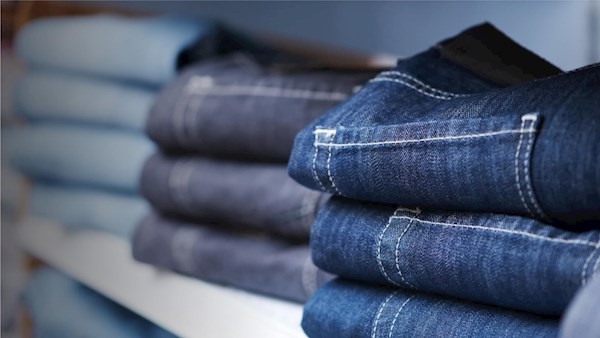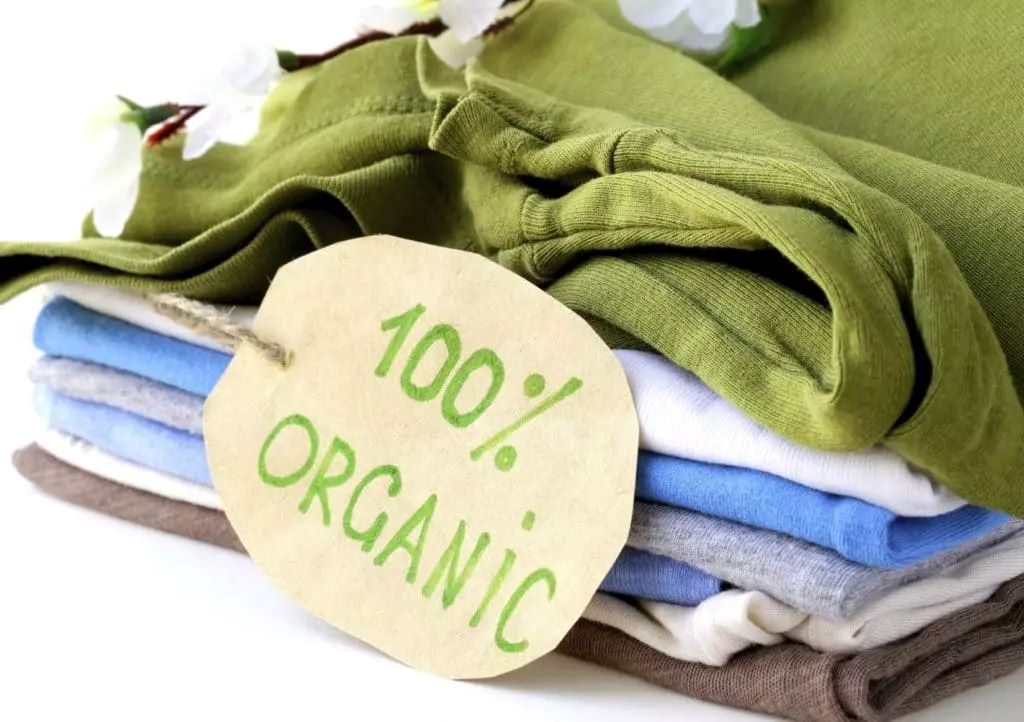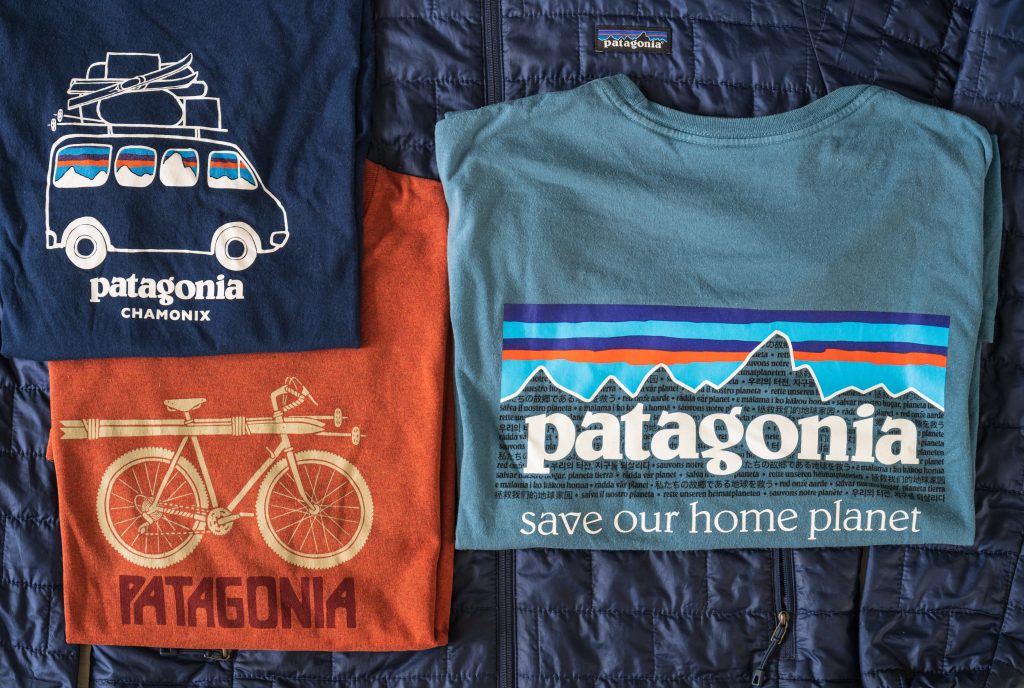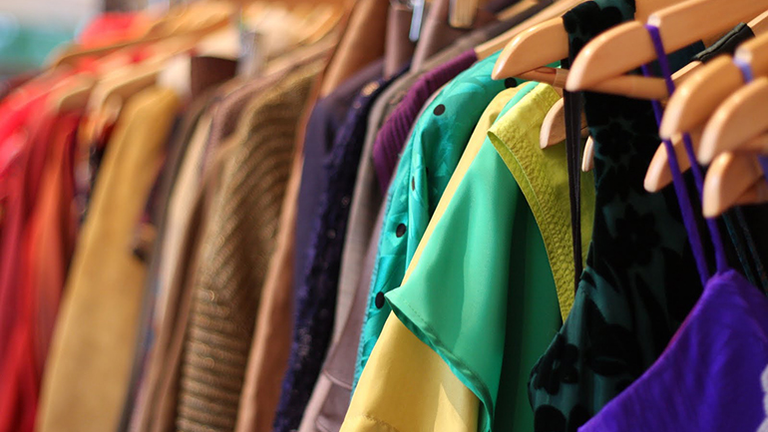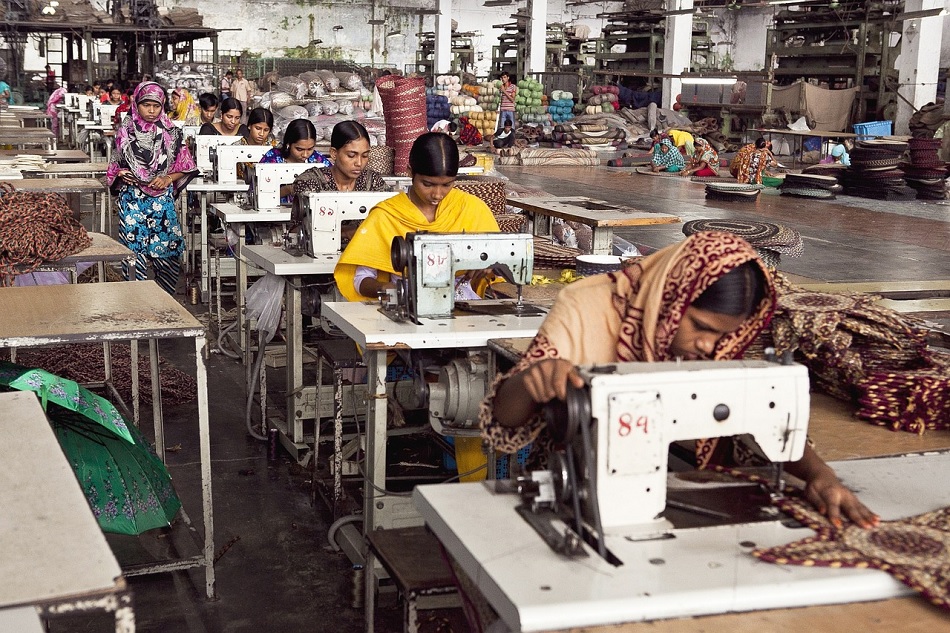
Bangladesh is on the verge of surpassing China as the world's leading exporter of cotton with global demand for cotton apparels increasing. The World Trade Organization had already identified Bangladesh as the world's second-largest garment exporter after China in 2022 and the quick upsurge has continued steadily over another year to make it the first.
One reason for this is that most American fashion apparel companies after Covid years, have reduced their sourcing from China, reallocating their sourcing to three other primary South East Asian markets: Bangladesh, India, and Vietnam. However, Bangladesh has emerged as the strongest and most competitive apparel supplier price-wise as with government help and the expertise of specialized apparel agencies, more and more spinning mills with high-tech manufacturing are being set up.
Growing cotton consumption
According to a study by the US Department of Agriculture (USDA) titled ‘Cotton: World Markets and Trade,’ Bangladesh total cotton consumption is up 800,000 bales to around 8 million, because of rising apparel exports to some of the world’s largest importing markets of the US and European Union. “Spinning mills’ operating rates in 2023-24 are expected to rise as the textile supply chain replenishes depleted stocks of yarn, fabric, and apparel; this past marketing year witnessed textile manufactures destocking and maintaining low inventories across the supply chain,” says the report.
This forecast prediction of 800,000-bales or 10 per cent, year-on-year increase in Bangladesh's cotton consumption due to escalating apparel exports in 2023-24, is expected to grow further in future.
Apparel contributes over 80 per cent to the country's total annual exports. The current export value of nearly $47 billion in woven and knitwear shipments in the fiscal year 2022-23, is almost double that of a decade ago. Besides these apparel categories, T-shirts, trousers, and sweaters continue to dominate the country’s exports and the iconic cotton T-shirt has accounted for around one-fifth of the value of Bangladeshi garment exports to Europe over the recent past.
Factories in Bangladesh are focused on making cotton-based garments and more than 70 per cent shipments comprise cotton apparel such as knitted cotton shirts and sweaters, which are helping drive record high values. The USDA report has highlighted the fact that Bangladesh will now aim to achieve more than $50 billion in apparel exports in the fiscal year 2024, which will be far more than the previous years, as the government is positive about sustaining the increased demand over the near future.
Knitted garments the most popular segment
The exports of knitted garments for men, women, and children have been the mainstay of the recent quick growth. “Apparel exports are pivotal to Bangladesh’s economic growth and stabilizing the value of the domestic currency, specifically by obtaining US dollars through foreign sales. Exports of knit apparel have been crucial to recent growth with a value that nearly tripled over the past decade. According to the Bangladesh Textile Mills Association, local textile mills meet 85 per cent of the demand for knit fabrics and about 40 per cent for woven fabric, which is mostly imported from China,” points out the USDA report.
Bangladesh has always been an attractive apparel-sourcing destination, although the challenges of the pandemic affected the country greatly. However, in recent years, the Bangladesh garment sector has been greatly helped by the government to follow an environmentally-friendly green policy, with factory buildings having become safer while turning to compliance, factory and occupational safety, and minimizing waste and excess production. Currently Bangladesh has more green garment factories than most other countries, but these factories’ share of the country’s apparel exports remains low as the other more established factories continue to hold sway.
With the odds against China, Bangladesh focuses to make cotton while the sun shines to boost its survival in an economy dependent on all kinds of global exports to survive economic downturns and impending recession.


